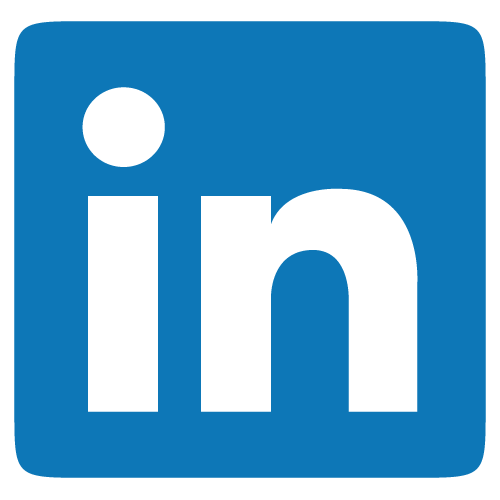 Personal Branding LinkedIn Mistakes You Are Probably Making
Personal Branding LinkedIn Mistakes You Are Probably Making
Whether you are looking to step into leadership and grow within your role, or are looking to pursue new career ventures, personal branding is a must-have in today’s dynamic workforce. Unfortunately, credentials alone aren’t enough anymore to get noticed. Instead, the importance is in how you optimize your personal brand. This includes highlighting skills that set you apart to make yourself stand out in a sea of professionals.
When looking for advice on personal branding for executive assistants, we turn to Lynne Williams, Executive Director Philadelphia Area Great Careers Group, and Executive Assistant to the President of Berkshire Hathaway Homeservices Fox & Roach, Realtors. Lynne has an extensive career in optimizing resumes, LinkedIn profiles, social media, and personal branding. As an accomplished author and speaker, she will be one of the distinguished trainers at the Executive Leadership Support Forum: Philadelphia, on July 19-20, 2017.
With over 500,000,000 members, LinkedIn is a powerful tool for personal branding. Lynne notes, “LinkedIn is essentially the world’s largest electronic rolodex, and is not just for jobseekers.” We turned to Lynne to provide us with common personal branding mistakes made on LinkedIn. This begs us to ask if you are using the interface as effectively as you think.
Not keeping concise
According to Erik Qualman, author of Socialnomics and Social Revolution 2015, the average attention span of a human is seven seconds. Lynne suggests keeping this statistic in mind when optimizing your LinkedIn, “A LinkedIn headline provides the reader with information to make an instantaneous decision whether they want to continue reading. If it takes a reader three seconds to read your headline and look at your photo, people will typically decide whether to further engage or not.” Lynne states the most common mistake she sees is users neglecting to optimize their headline with keywords up to 120 characters.
Lack of keywords
“There are five critical areas on LinkedIn for keywords to be found through an algorithm. Most users don’t know where those five critical areas are located,” Lynne expresses. It’s incredibly valuable as an EA to know not just where these five critical areas are, but also how and where to optimize them, not just for your own personal branding, but for the branding of your executive’s page as well.
Branding mistakes
For an executive, it is crucial they represent themselves as the face of the company through their personal branding. Their LinkedIn title and headline should directly reflect the company. Executive assistants, on the other hand, would be better served highlighting their skills versus their current company. A common mistake EAs make is putting their job title as their headline. Differentiate yourself. What can you bring to the table that other EAs can’t?
Lack of media
Lynne challenges, “Don’t make the mistake of blending in with the masses.” One way Lynne sees users doing this through lack of media provided on profiles. Under each job you list, you are presented the option to add media such as a PDF, document, video, etc. Don’t underutilize this feature. Take the time to embellish your profile with materials that promote your skills and professional worth.
Formatting mistakes
“We learn from a young age to organize information in a PowerPoint by telling the reader what you are about to tell them, then tell them, and finally clarify by telling them what you just told them. Similarly, use LinkedIn headlines to tell people what you are about to tell them,” Lynne explains. “Then, use bullet points to share key words, explain your value proposition, or share your accomplishments.” Furthermore, she explains to use white space in formatting to continue guiding them for an easy scan of information. Organize your profile like you would read a dictionary. Have your bullet points and skills in alphabetical order, to create easy flow for skimming. Your brand should be easy to navigate, calling attention to your skills in an easy-to-read format.
LinkedIn doesn’t function like a word processor. For that reason, you must take the time to format, as LinkedIn will not do it for you. Lynne suggests copying and pasting bullet points from Microsoft Word into LinkedIn. Organize headlines, with bullet points underneath, in alphabetical order. She also suggests to add spaces between characters for search engine optimization. For example, often, users will type “sales/marketing”. For optimization, add a space before and after each character. It will look like this: sales / marketing, allowing your profile to be easily found.

Lynne will be sharing all of her LinkedIn optimization and personal branding tips at the Executive Leadership Support Forum in Philadelphia on July 19-20, 2017. For more information on how the Executive Leadership Support Forums can provide you the professional development to succeed within your career, visit: www.q1productions.com/execsupport






